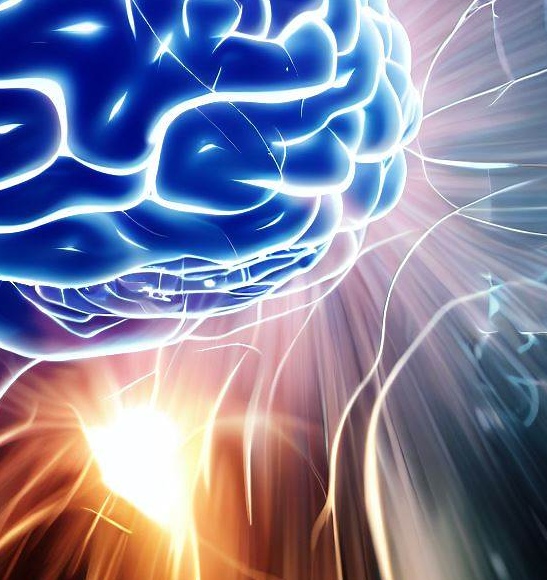Creative thinking outside of the box Creativity goes hand in hand with curiosity and imagination. The innovative ideas you have, make existing products or procedures better. It goes beyond improvement, and may lead to something new. Your thinking is often explained with “thinking outside of the box”. Chances are you are thinking in images. You can look at something and instantly know how it works. When asked to explain it, you might get frustrated because it’s hard to find the word for something so obvious. Resilience Having faced many obstacles and setbacks throughout your life, and have developed strategies to …
Other
Own your learning proces
Learning is transformation and it means changing who you are: you’ll want to be able to recognize and use new facts and logic, you’ll want to increase your proficiency, gain more experience, see how things play out.. All this is about changing yourself to become more knowledgeable and more skilled. Change is hard enough when you are motivated. But it’s exceptionally hard if you are not motivated. In both cases you end up being trained, and you either own the new knowledge and experiences, or you end up learning to do things you actually couldn’t be bothered with, or even …
Use stress to your advantage
Stress is often perceived as a negative factor that impairs learning and performance. However, according to neuroscientist Andrew Huberman, stress can also be a powerful ally that enhances learning and growth, if used properly.
Add 10 second micro pauses when learning
Learning is a complex process that involves the formation and consolidation of new neural connections in the brain. It requires attention, motivation, repetition, and feedback to achieve optimal results. However, learning can also be exhausting and frustrating, especially when the material is challenging or boring. How can we enhance our learning efficiency and enjoyment without spending more time or effort?
Conversational threading
Conversational threading is a technique that allows you to navigate a conversation without running out of things to say. It’s a tool that helps you seamlessly transition from one topic to another, in order to keep the conversation flowing. Conversational threads are keywords, or points of interest, that you hear during a conversation. For example, if someone says “I love to travel”, you can pick out “travel” as a thread and use it to ask a follow-up question, share a related story, or offer an opinion. This way, you can show interest in the other person and avoid awkward silences. …
Linear and Conceptual thinking
Neurodiversity is a term that refers to the diversity of all our brains, of all the people on the planet. The starting point for education assumes that the brain works in largely the same way for everyone, but there are many individual variations in how the brain works and how we behave. That’s the reason why we think and learn in different ways. Those with AD(H)D, dyscalculia, dyslexia, autism, are highly gifted, etc. have a brain that is structured a little differently than what is “normal”.

